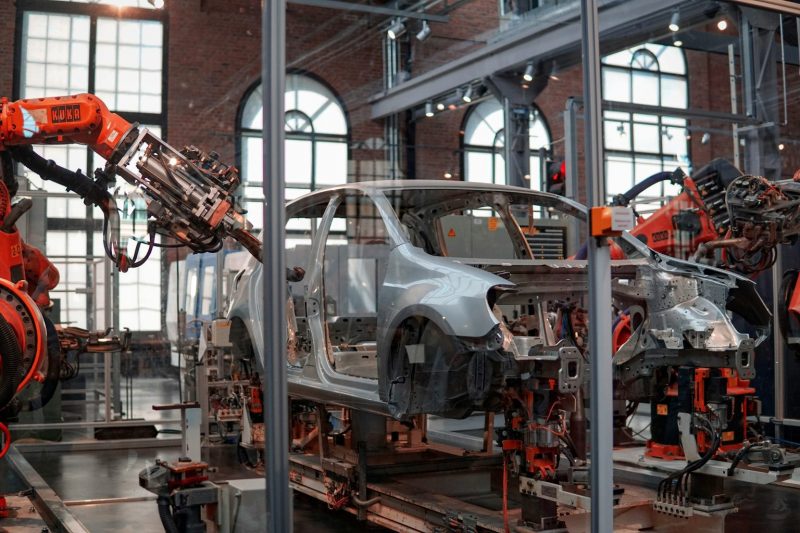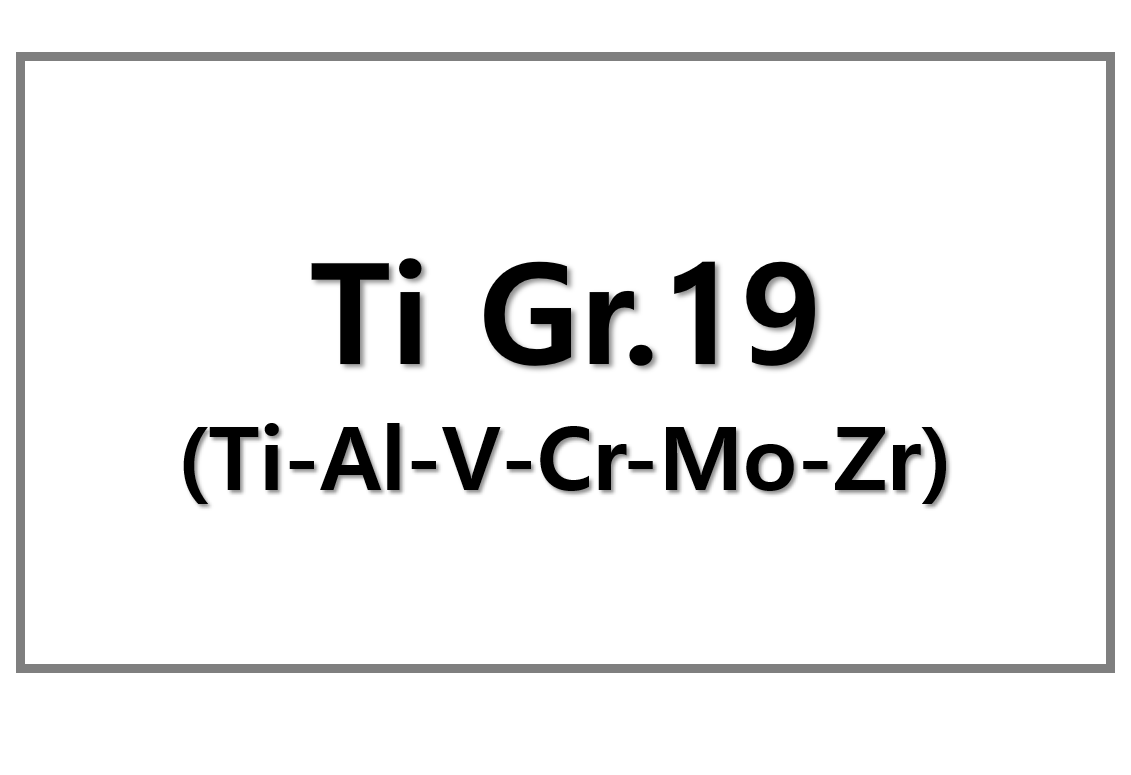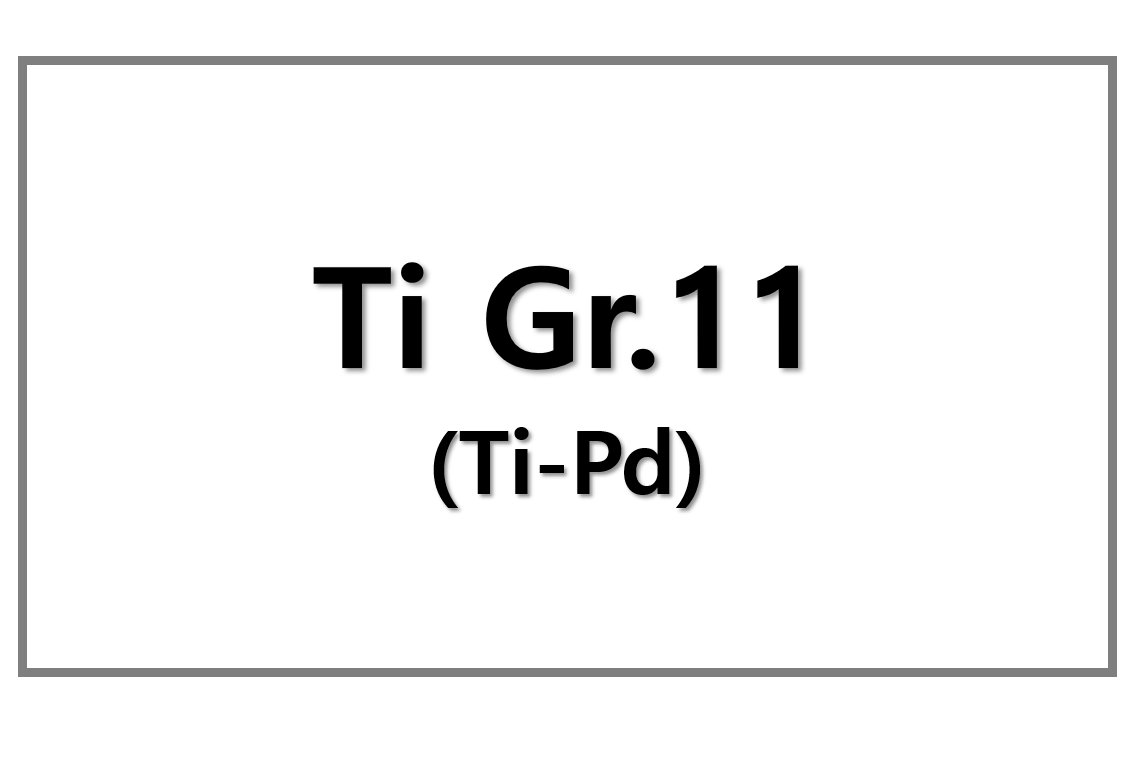
EU Automotive Industry Driven by US Demand in 2023
The EU automotive industry remains heavily reliant on the United States, which accounted for 20% of the value added to European auto exports in 2023. According to Eurostat, the total foreign value generated from exports reached €91.6 billion, up 7% from 2022 and 74% compared to 2010. Despite rising global uncertainties, the U.S. retained its top position as the largest non-EU consumer of European vehicles and parts.
China maintained second place with a 16% share, down from 20% in 2021, reflecting trade tensions and slower economic growth. Meanwhile, the UK followed closely at 15%, underlining its continuing importance post-Brexit. The long-term trend shows China’s role growing the fastest—from €4.8 billion in 2010 to €14.8 billion in 2023—an impressive +211% increase. On the other hand, Russia’s contribution fell sharply by 73%, from €3.2 billion to just €0.9 billion.
Global Automotive Trade Faces Ongoing Volatility
Foreign automotive industries also benefited from EU final consumption, generating €34.4 billion in added value in 2023—a 6% increase year-on-year. Japan led with a 14% share, followed by the UK and China at 12% each. Countries like North Macedonia (+5,322%), Serbia (+713%), and Mexico (+567%) showed staggering growth, indicating shifting supply chains and new manufacturing hubs.
However, EUROFEER forecasts a continued decline in EU automotive production, predicting a 2.6% drop in 2025. This would follow a 9.7% decline in 2024, marking two consecutive years of contraction. Analysts cite foreign trade volatility and geopolitical disruptions as major contributing factors.
The changing global demand landscape, combined with evolving trade relationships, presents both risk and opportunity for the EU automotive sector. Diversification and deeper integration with emerging markets may become critical to stabilizing output and maintaining competitiveness.
SuperMetalPrice Commentary:
The EU automotive industry’s export-driven structure increasingly exposes it to global economic turbulence. The U.S. remains a cornerstone market, but the sector’s reliance on volatile partners like China and post-conflict economies like Russia weakens its resilience. As demand patterns shift and new trade alliances emerge, automakers must rethink regional strategies. Long-term success will likely depend on supply chain agility, sustainability mandates, and tech integration—including EV and battery materials. Close monitoring of U.S.–EU relations and Asian market trends will be vital going into 2025.











Leave a Reply
You must be logged in to post a comment.